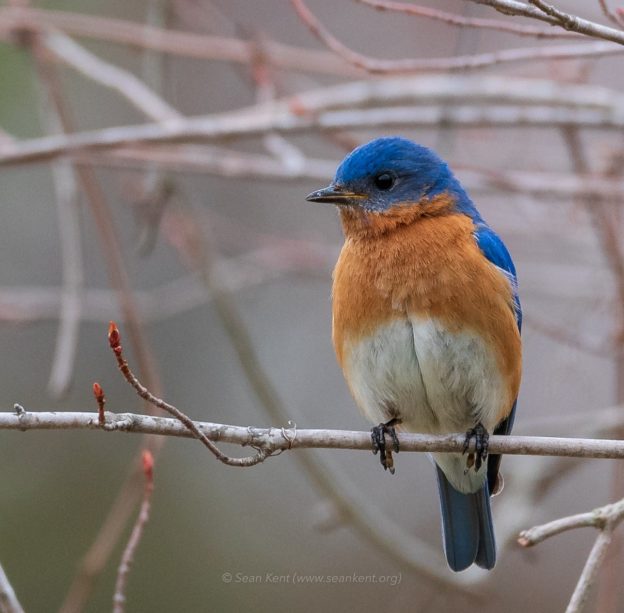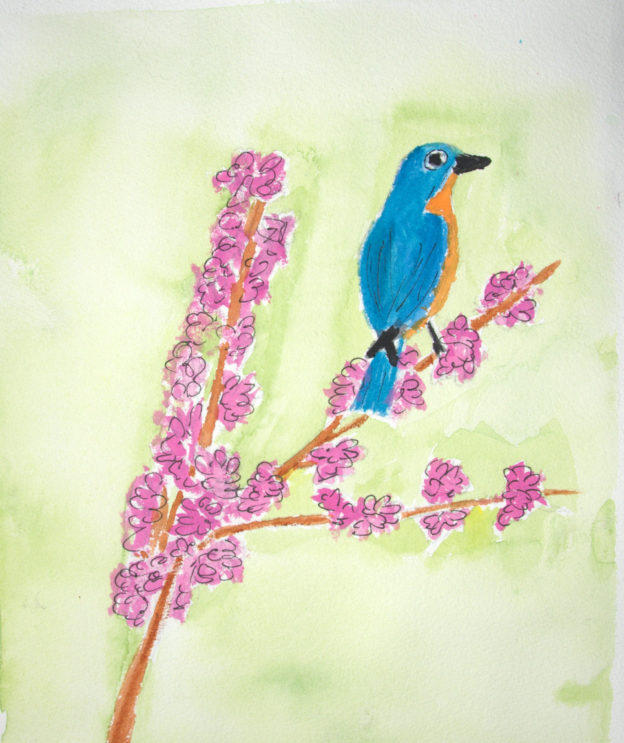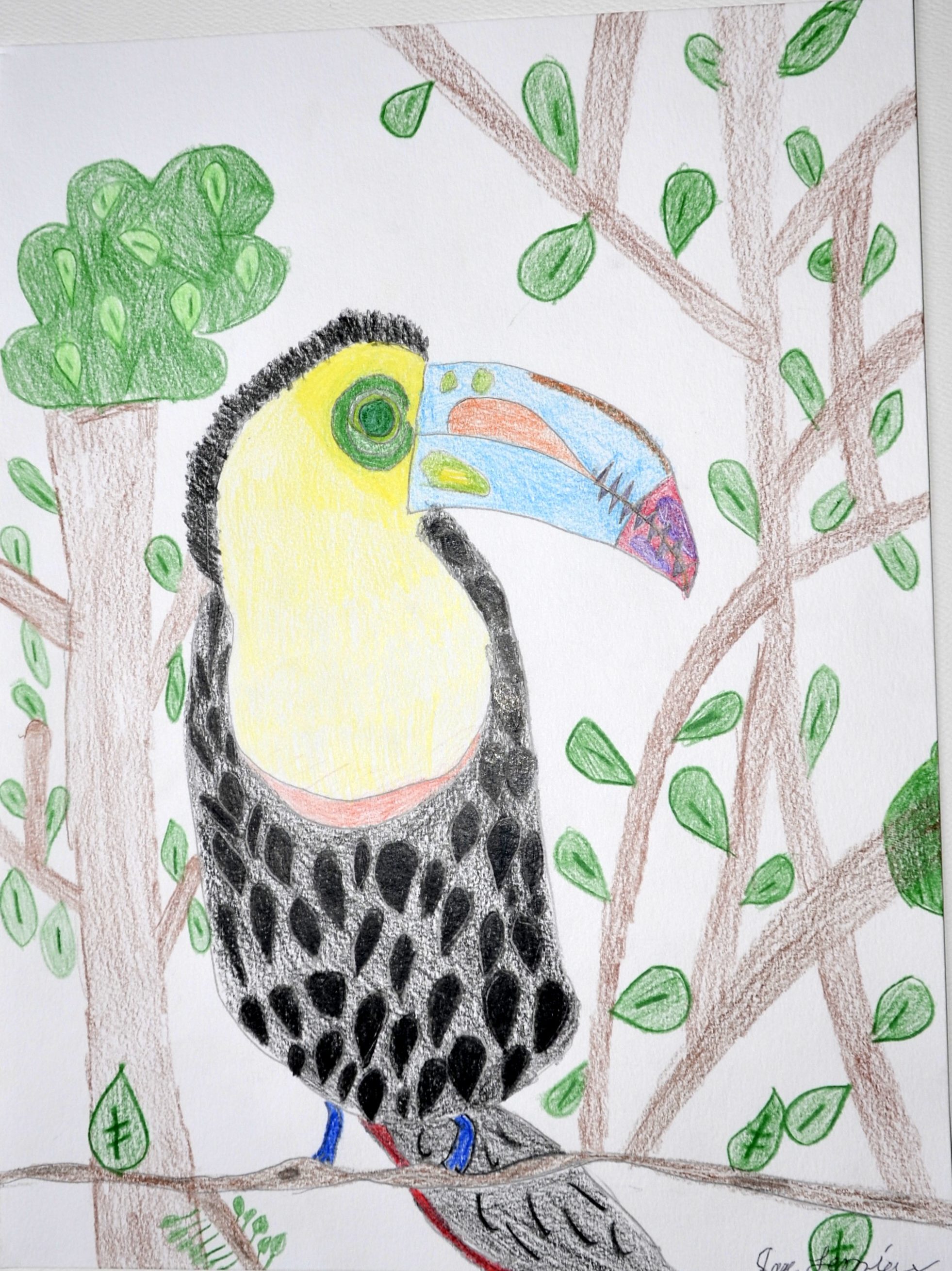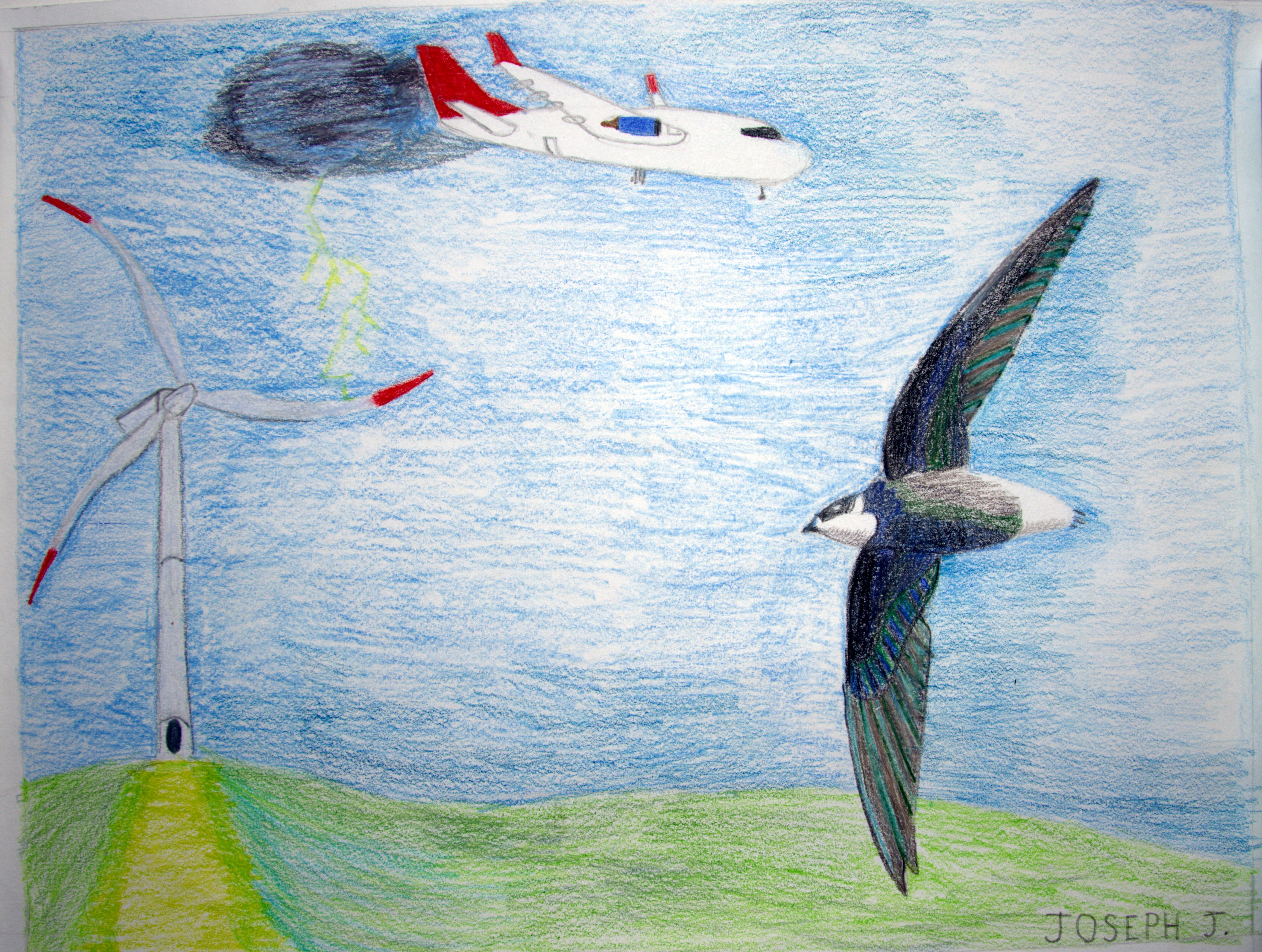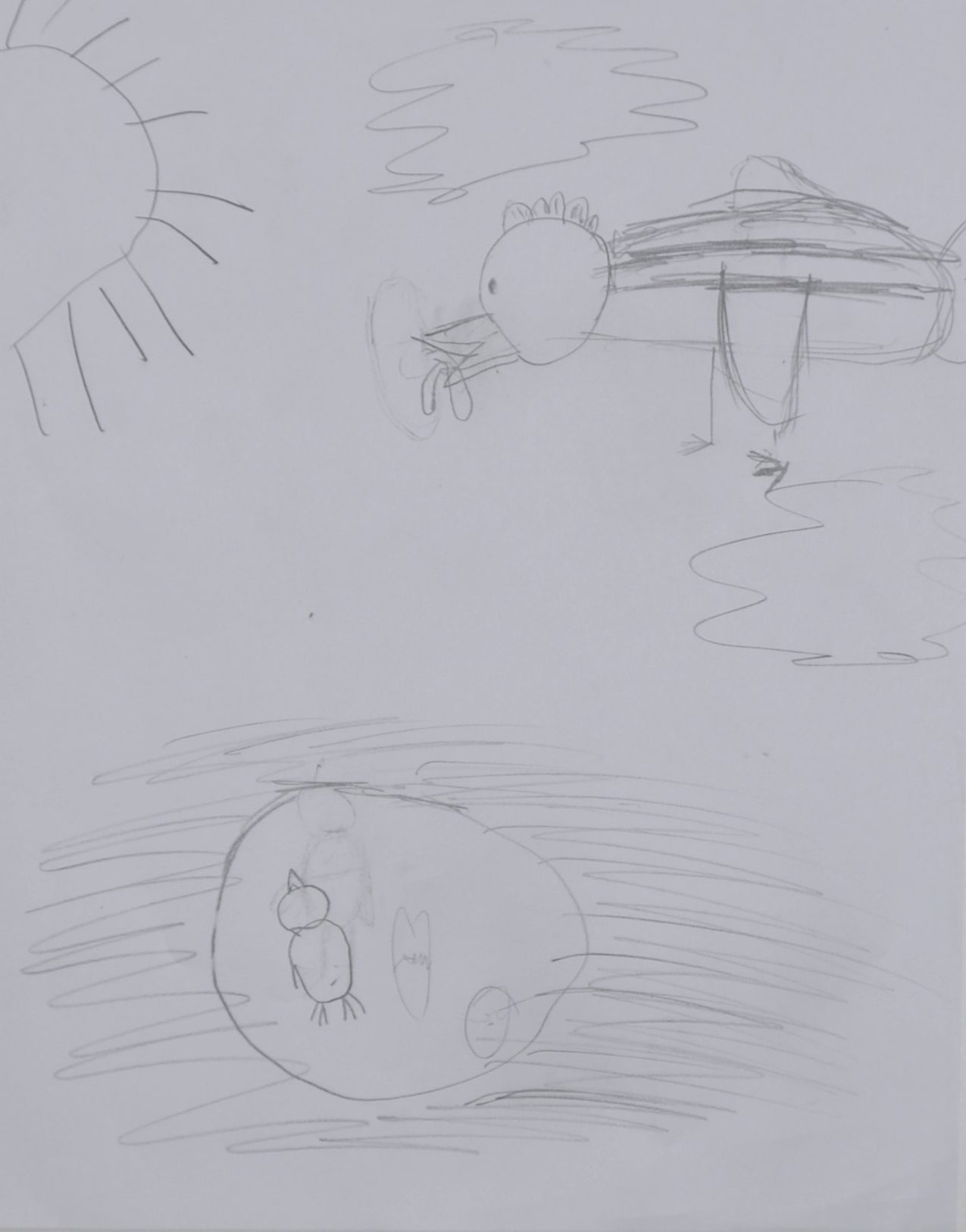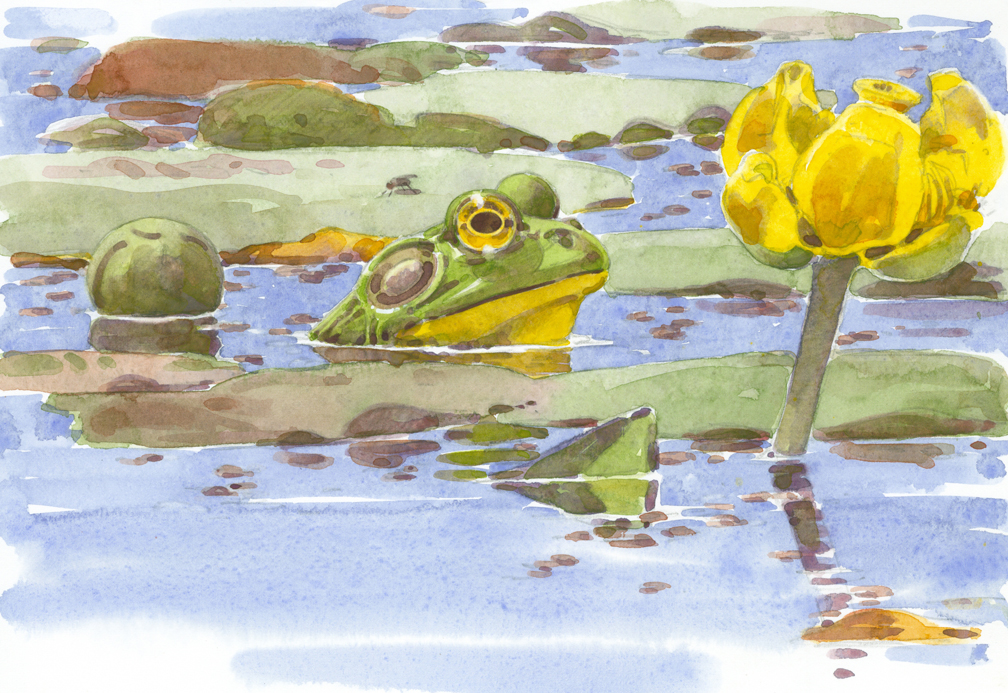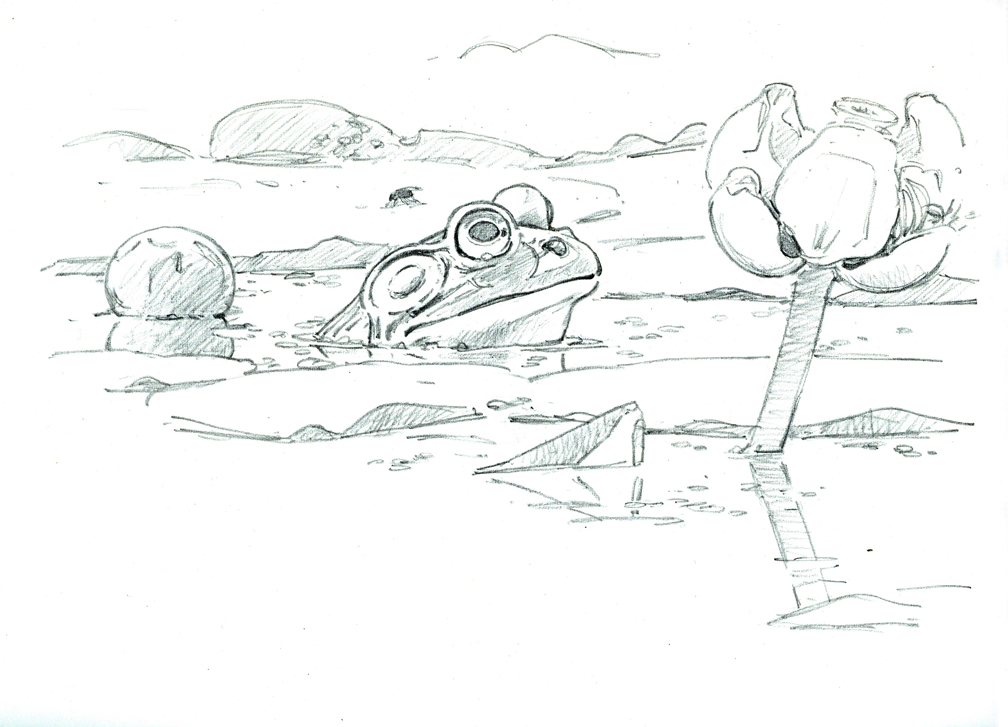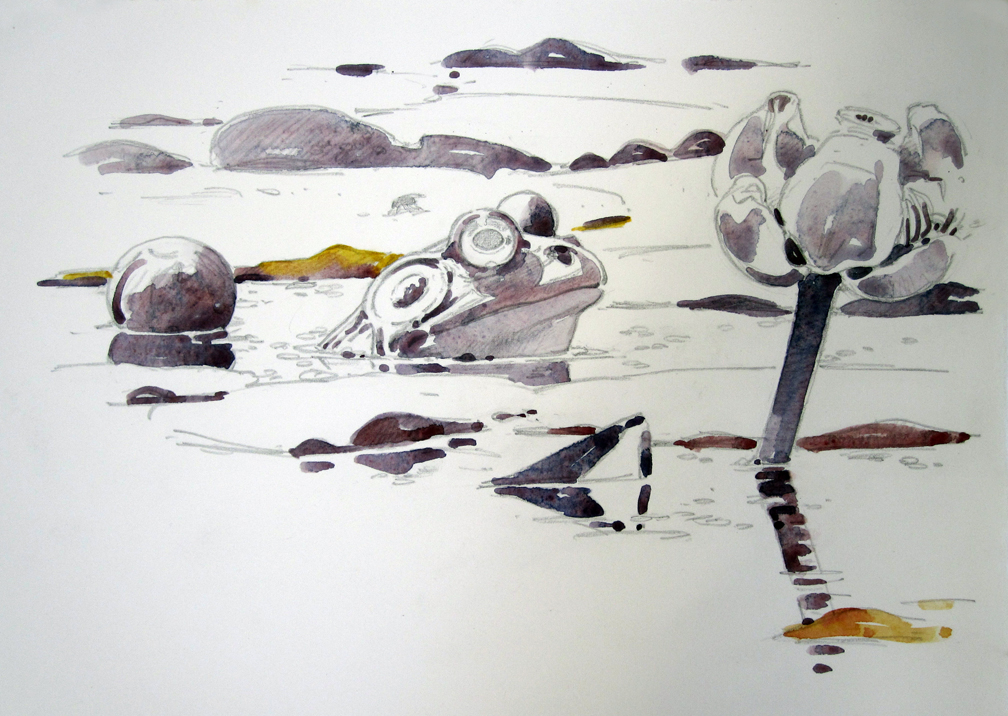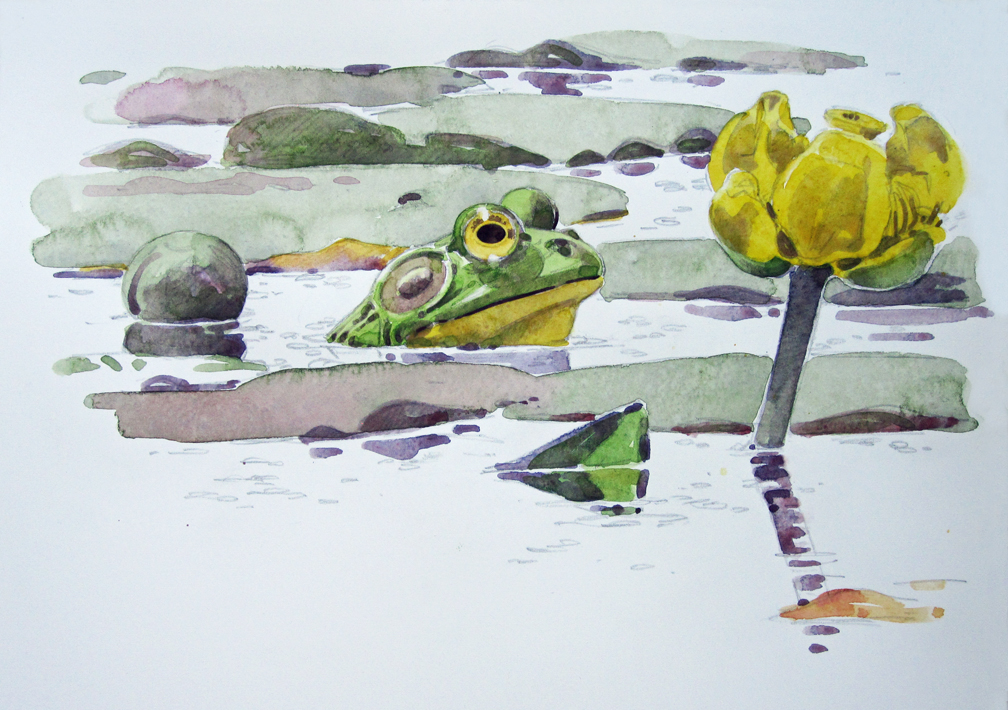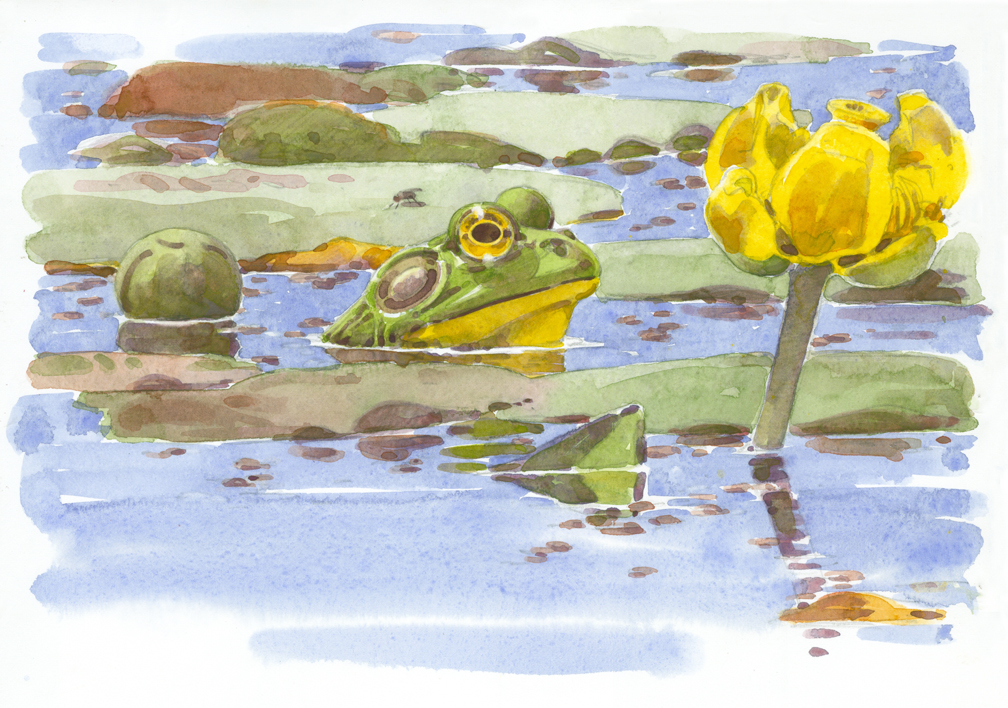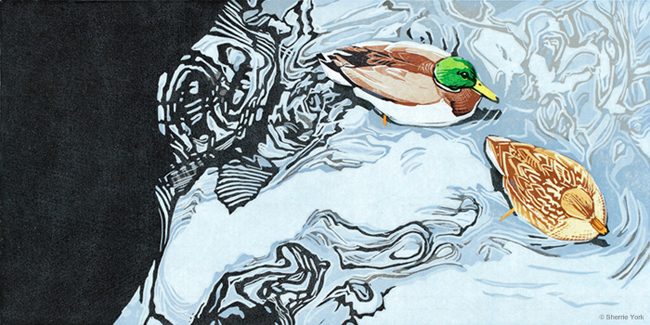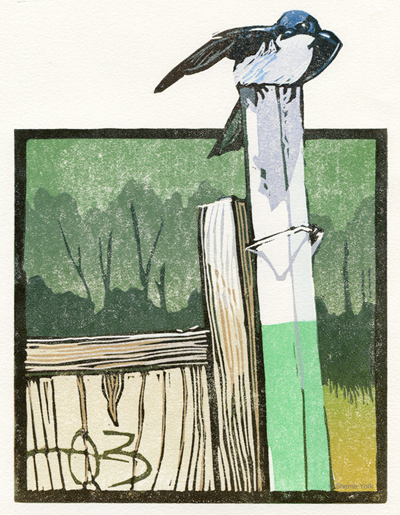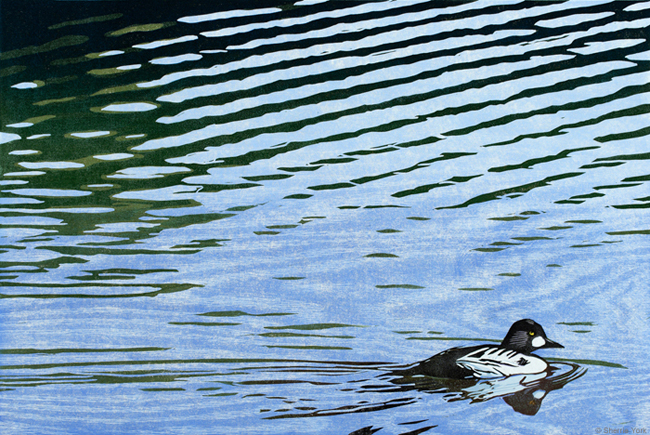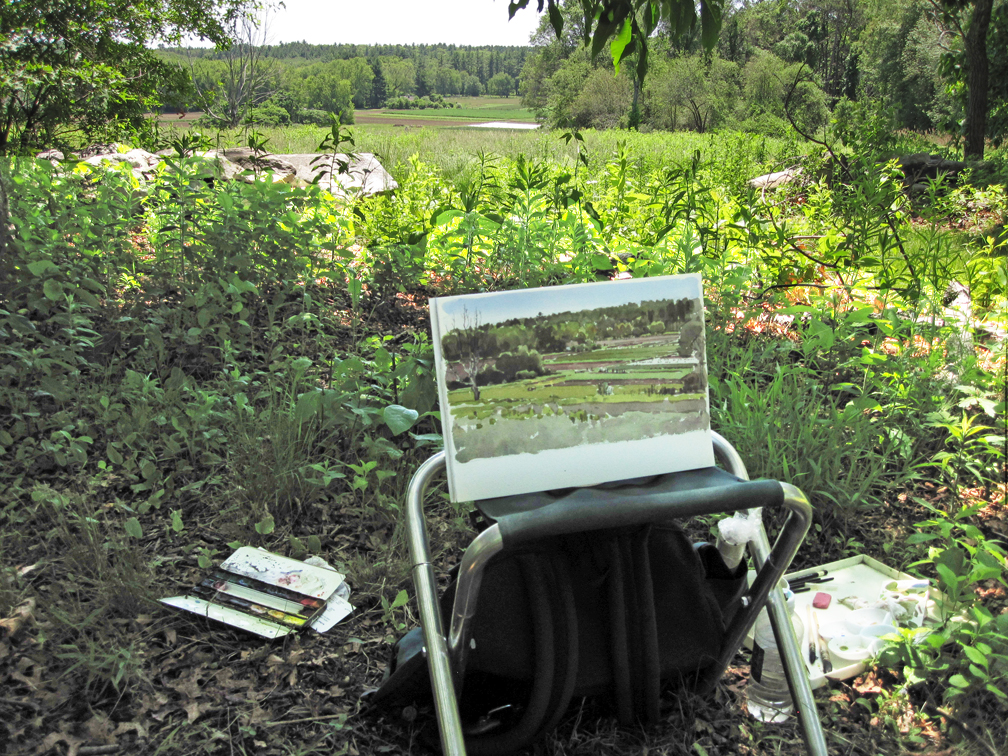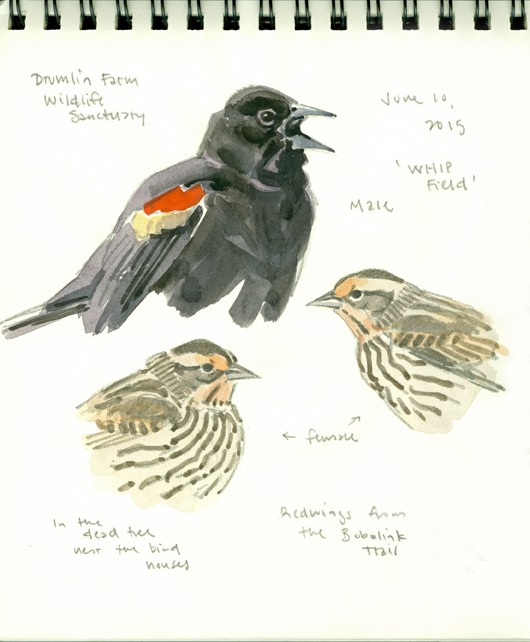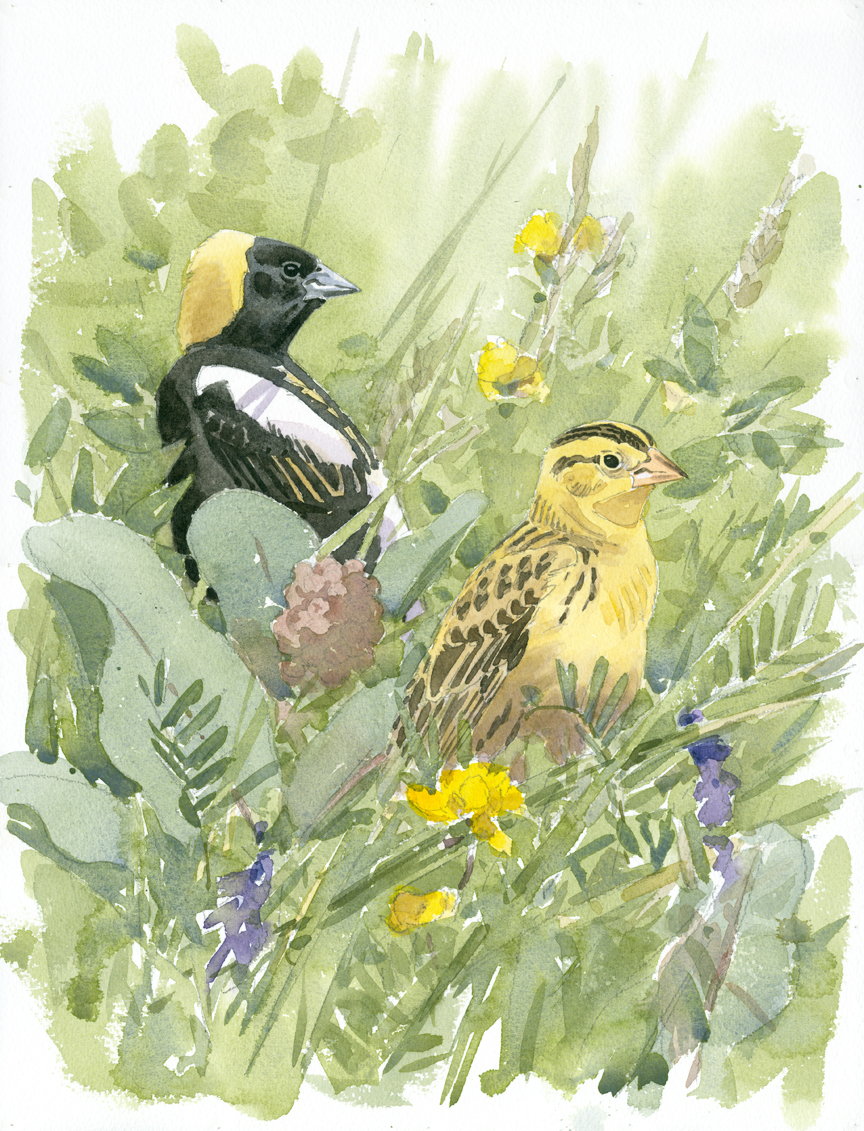We are excited to announce our Nature Story Time video series, so even in times where we need to be isolated, we can still be together. We hope to bring you a few nature story times each week along with a little art project or nature exploration that you can do at home. Please comment and let us know what stories you’d like to hear, what you like about the program, and most importantly how we can improve.
“There are no greater treasures than the little things… ~ Little Bird”
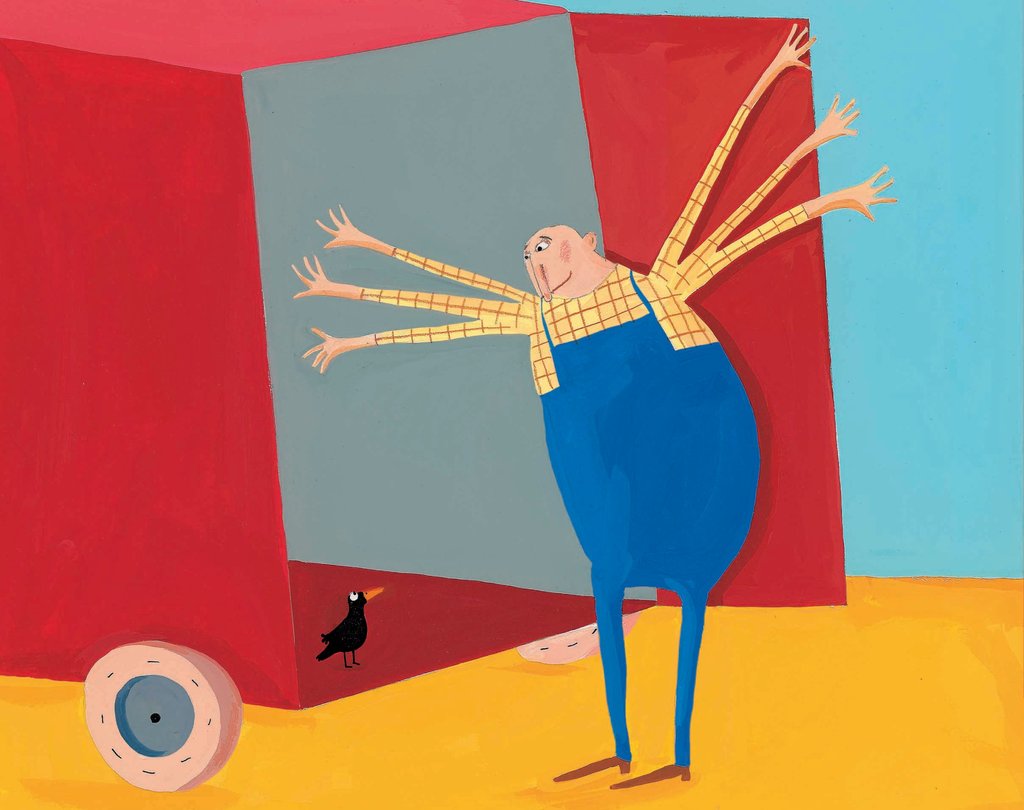
Our first story is Little Bird, by Germano Zullo and illustrated by Albertine. Just like in Little Bird, these days it is restoring to look for the little treasures in nature and discover spring come alive right outside your door, on the sidewalk, little gardens, and in your neighborhood. Enjoy the story.
Enjoy Nature Story Time
“May my heart always be open to little birds
~ E.E. Cummings
who are the secrets of living…”
Eastern Bluebird Art Project
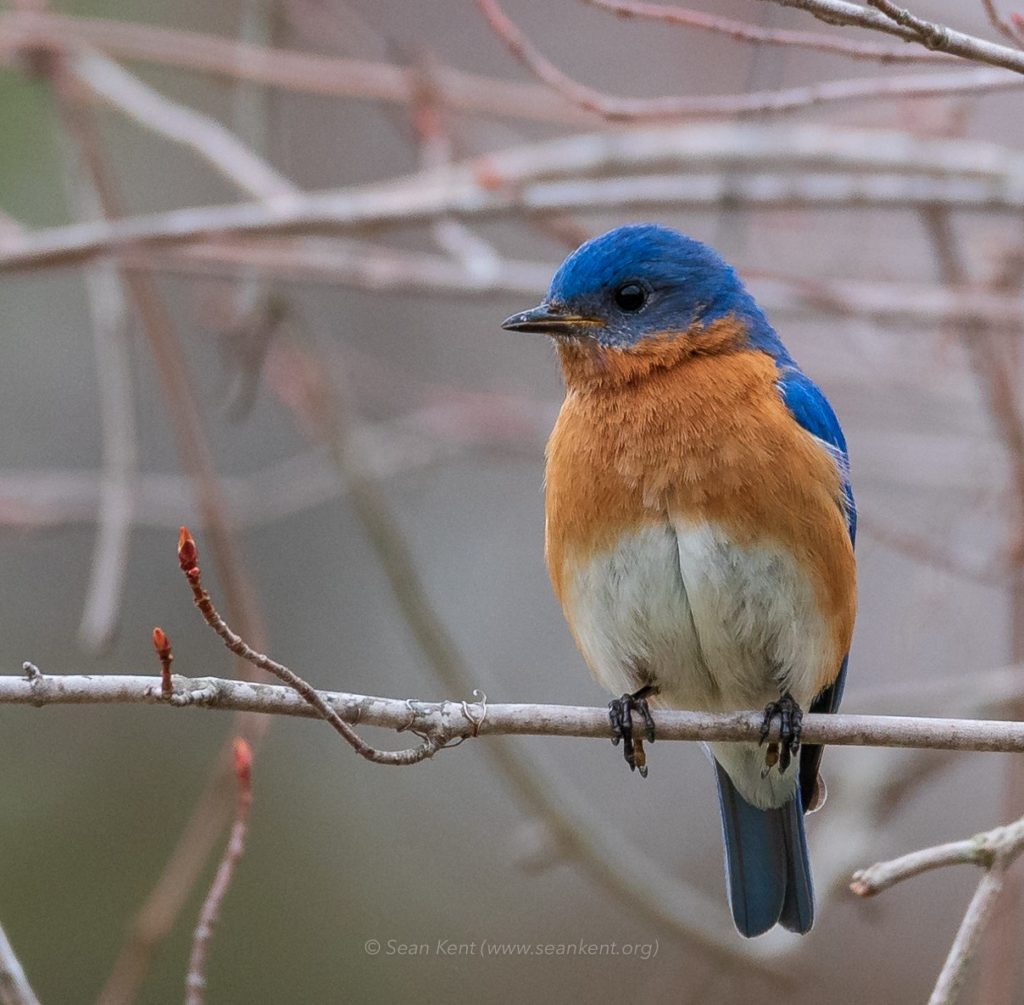
Enjoy this wonderful art project created by Dan Boudreau, MABA’s incredible TerraCorp service member.
It’s spring and that means that Eastern bluebirds are headed back our way to make their nests and raise their young! The meadow behind the Museum has several bird boxes that bluebirds sometimes build their nests in. Want to make your own bird box scene with a brightly colored bluebird?

Here’s what you’ll need:
- Watercolor paints, a brush, and clean water
- A paper grocery bag (or brown construction paper)
- Oil pastels, crayons, or colored pencils
- Glue
- A sturdy piece of paper or cardstock for your background
- A small piece of cardstock or an index card for your bird
- Black marker
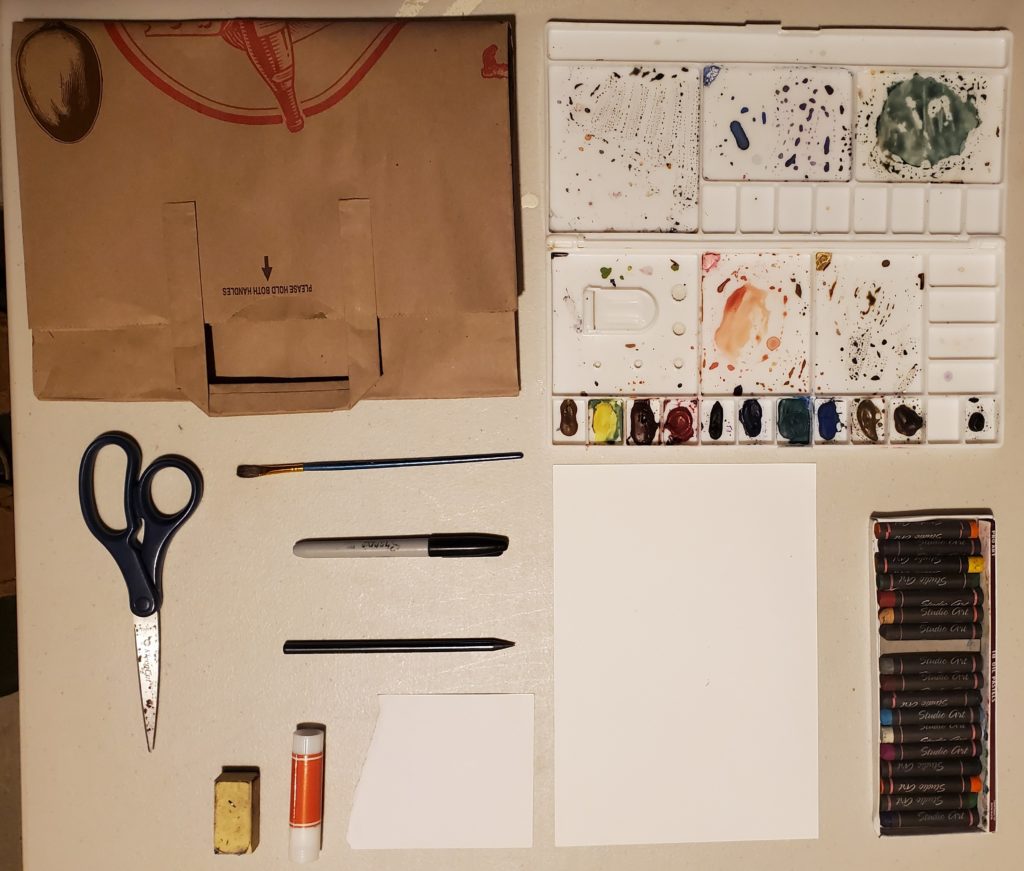
Step 1:
Draw your bird shape onto the small piece of cardstock (I used an index card), then cut it out.
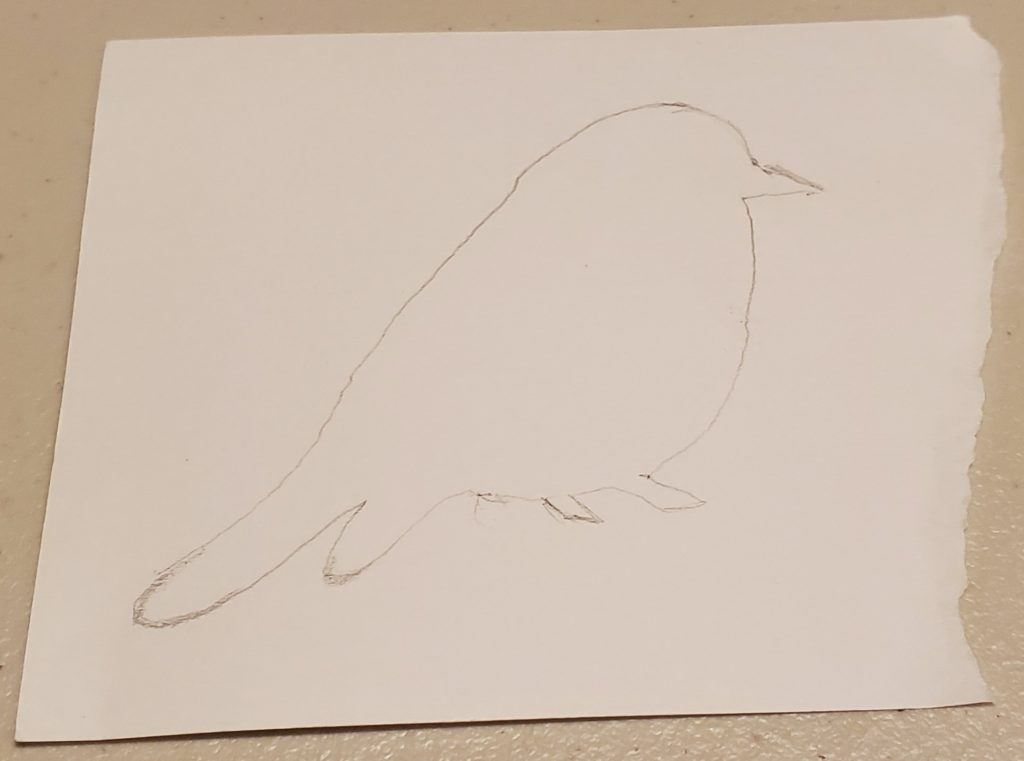
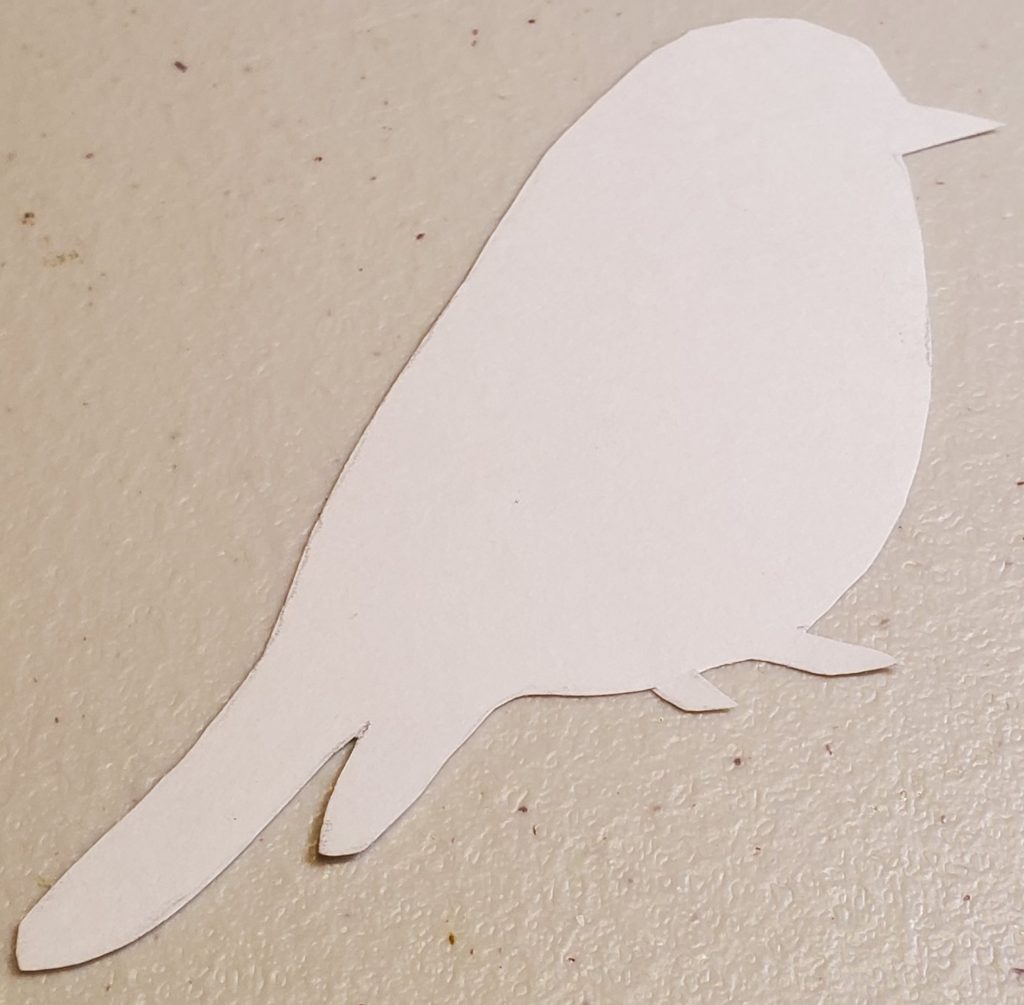
Step 2: Watercolor the bird!
First, wet the paper enough that it shines in the light. Be careful not to overwet it, though, or the paper will start to fall apart. Then, paint on blue for the back and orange for the chest. We’ll do the eye later. Put the bird aside to dry while you work on the box.

Step 3: Making the bird box
Cut a rectangle out of the grocery bag and use a black marker to draw a hole for the bluebird to get in and out of.
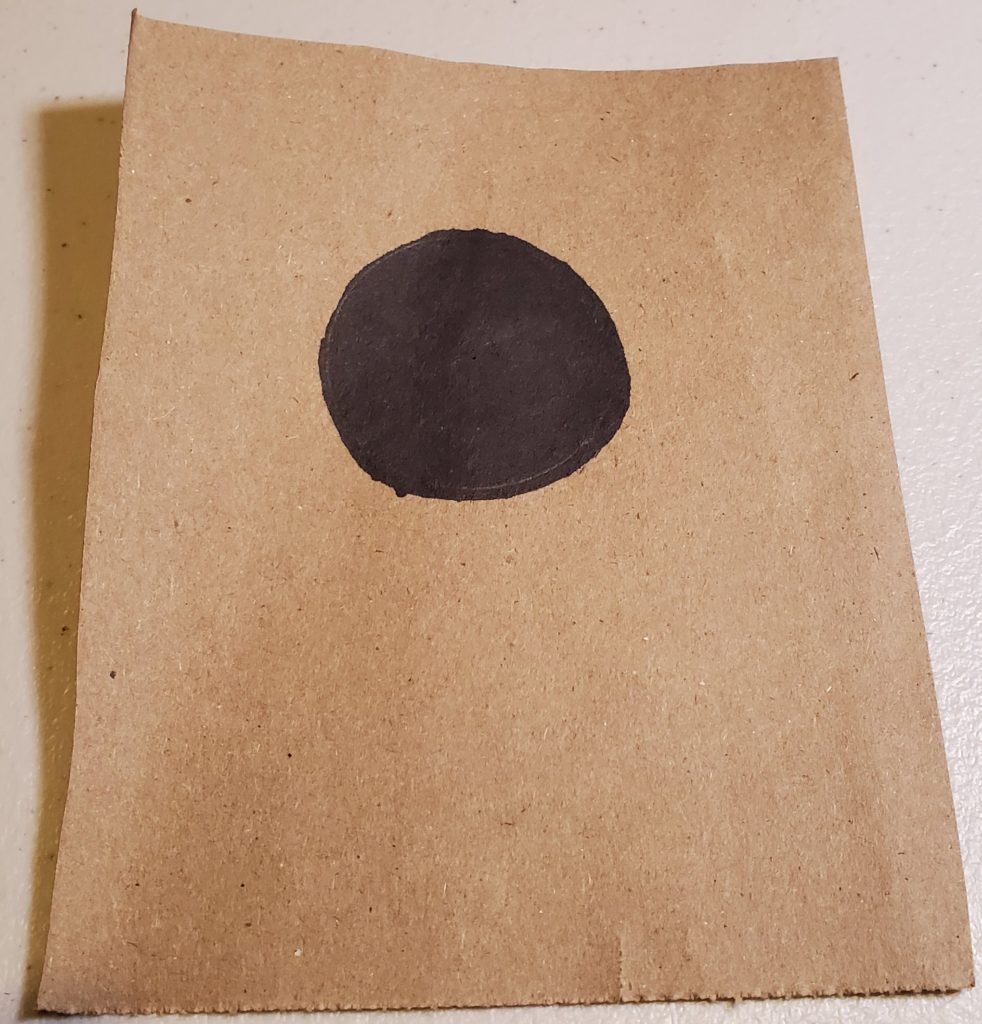
Step 4: Draw your background
Using pastels, crayons, or colored pencils, draw the sky and meadow onto your large piece of paper. Make sure to leave a blank spot to glue your bird box onto, since glue won’t stick well to crayon or pastel. I used pastels because I love being able to smudge and blend them to make a cool texture for the sky.
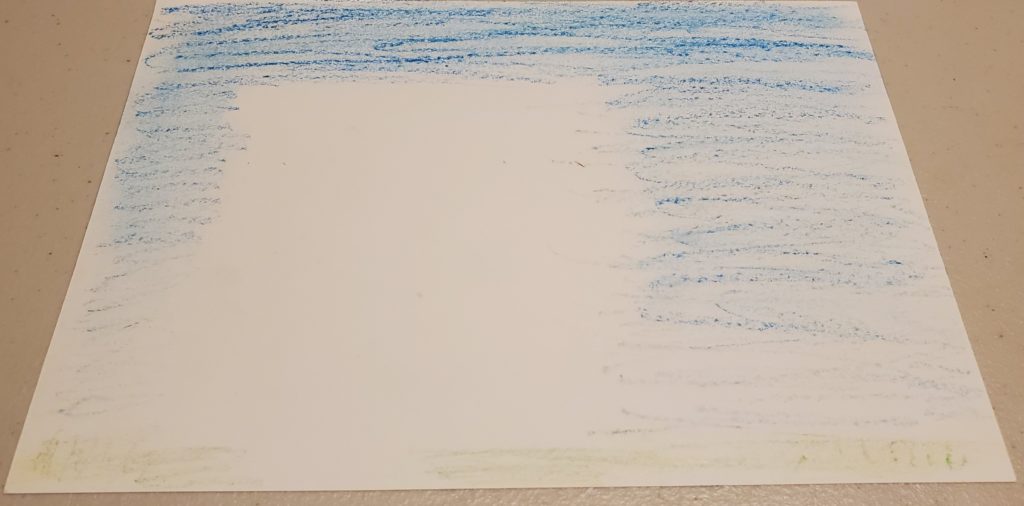
Step 5: Assemble!
Now’s the time to glue it all together! To make a perch for the bluebird, I just cut a piece of the handle from the grocery bag and glued it right on. I did the same to make the post for the box. Now that your watercolors have dried, it’s also a good time to draw an eye on the bluebird. I used a black marker.

And voila! You’ve made an eastern bluebird in its spring habitat! The bird box provides important shelter for the bluebird and the chicks that will come soon. Can you think of anything else that bluebirds might need to live? Draw them in to your own art project!


